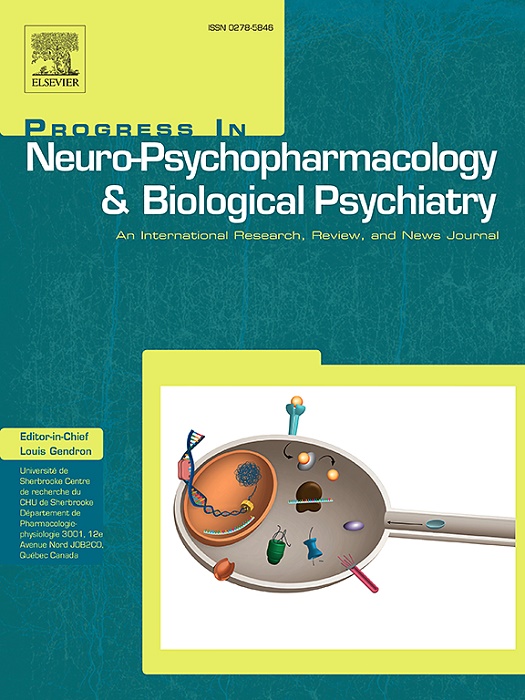An overview of psilocybin, LSD, MDMA, and ketamine in revitalizing psychedelic-assisted therapy: Insights, limitations and future directions
IF 3.9
2区 医学
Q1 CLINICAL NEUROLOGY
Progress in Neuro-Psychopharmacology & Biological Psychiatry
Pub Date : 2025-08-30
DOI:10.1016/j.pnpbp.2025.111461
引用次数: 0
Abstract
The resurgence of psychedelic-assisted psychotherapy marks a pivotal evolution in mental health treatment, challenging traditional paradigms by integrating compounds such as psilocybin, LSD, MDMA, and ketamine into clinical practice. Historically marginalized due to regulatory and societal concerns, these agents are now gaining recognition for their unique neurobiological mechanisms and therapeutic potential in addressing complex conditions like depression, PTSD, and addiction. Unlike conventional treatments, psychedelics exert their effects primarily through modulation of serotonin receptors and brain network connectivity, with each substance demonstrating distinct pharmacological profiles and clinical applications. Notably, psilocybin and LSD share serotonergic pathways but differ in receptor specificity and subjective effects, while MDMA's empathogenic properties and ketamine's rapid antidepressant action offer alternative therapeutic avenues. Recent FDA breakthrough therapy designations for psilocybin and MDMA underscore a shift toward evidence-based acceptance, yet the field remains challenged by methodological limitations, regulatory barriers, and ethical considerations. This narrative review synthesizes historical developments, mechanistic insights, and clinical outcomes, emphasizing the need for rigorous research, diverse patient cohorts, and thoughtful integration of psychedelics with psychotherapeutic modalities to realize their full therapeutic promise.
裸盖菇素、LSD、MDMA和氯胺酮在恢复迷幻辅助治疗中的综述:见解、局限性和未来方向。
迷幻辅助心理治疗的复苏标志着心理健康治疗的关键演变,通过将裸盖菇素、LSD、MDMA和氯胺酮等化合物整合到临床实践中,挑战了传统的范式。由于监管和社会问题,这些药物在历史上被边缘化,现在因其独特的神经生物学机制和治疗抑郁症、创伤后应激障碍和成瘾等复杂疾病的治疗潜力而获得认可。与传统疗法不同,致幻剂主要通过调节血清素受体和大脑网络连接来发挥作用,每种物质都表现出不同的药理特征和临床应用。值得注意的是,裸盖菇素和LSD共享5 -羟色胺能途径,但受体特异性和主观效应不同,而MDMA的情绪致病性和氯胺酮的快速抗抑郁作用提供了另一种治疗途径。最近FDA对裸盖菇素和MDMA的突破性疗法指定强调了向循证接受的转变,但该领域仍然受到方法限制、监管障碍和伦理考虑的挑战。这篇叙述性综述综合了历史发展、机制见解和临床结果,强调需要严格的研究、多样化的患者群体,以及将致幻剂与心理治疗模式深思熟虑地结合起来,以实现其充分的治疗前景。
本文章由计算机程序翻译,如有差异,请以英文原文为准。
求助全文
约1分钟内获得全文
求助全文
来源期刊
CiteScore
12.00
自引率
1.80%
发文量
153
审稿时长
56 days
期刊介绍:
Progress in Neuro-Psychopharmacology & Biological Psychiatry is an international and multidisciplinary journal which aims to ensure the rapid publication of authoritative reviews and research papers dealing with experimental and clinical aspects of neuro-psychopharmacology and biological psychiatry. Issues of the journal are regularly devoted wholly in or in part to a topical subject.
Progress in Neuro-Psychopharmacology & Biological Psychiatry does not publish work on the actions of biological extracts unless the pharmacological active molecular substrate and/or specific receptor binding properties of the extract compounds are elucidated.

 求助内容:
求助内容: 应助结果提醒方式:
应助结果提醒方式:


